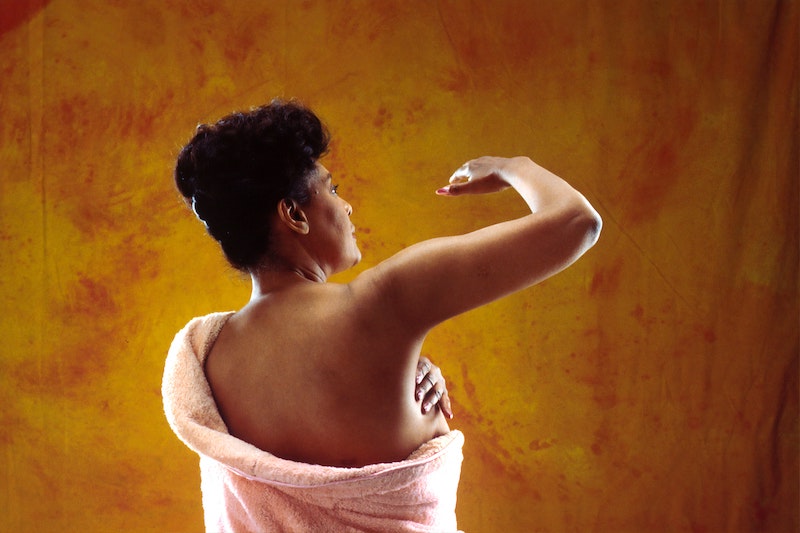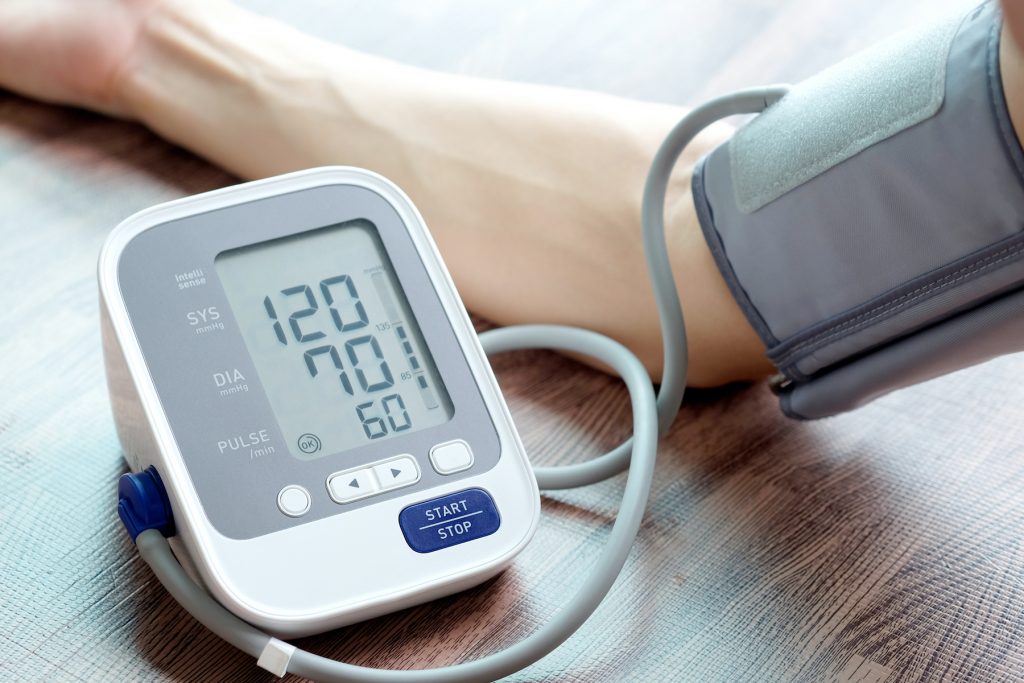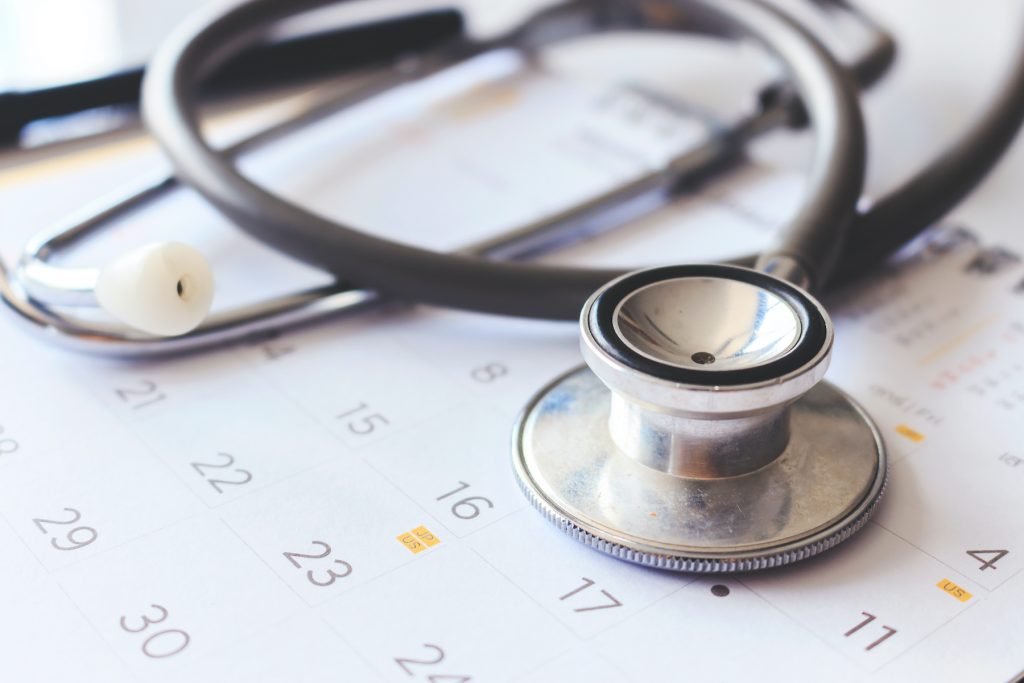In today’s video viernes lesson, you will learn how to talk about cancer screenings in Spanish.
Specifically, here is what today’s lesson covers:
- Cancer screening vocabulary in Spanish
- How to discuss the idea and importance of screenings in general
- Breast cancer screenings in Spanish
- Cervical cancer screenings in Spanish
- Colon cancer screenings in Spanish
- Lung cancer screenings in Spanish
Additionally, there are some conversational practice ideas at the end for you to work on with your conversation partner! If you don’t have a conversation partner, join the Learning Medical Spanish facebook group and reach out to see who else is looking for a convo partner.
Here is the Cancer Screenings in Spanish lesson that I taught on YouTube and to our Facebook group:
Subscribe to our YouTube Channel to see all of our lessons and get the latest videos right away!
Vocabulario para hablar sobre el cáncer – Vocabulary for talking about cancer
Edad y Años – Age and Years
Algunas estructuras que puedes usar para hablar sobre el rango de edad son:
Some structures you can use to talk about age range are:
- Antes de # años / Before # years
- Después de # años / After # years
- Entre # y # años / Between # and # years
- Cuando tiene # años / When you have # years
Tabla de edades – Age table
| Spanish | English |
| 16 (dieciséis) años | Sixteen years |
| 18 (dieciocho) años | Eighteen year |
| 21 (veintiún) años | Twenty one years |
| 29 (veintinueve) años | Twenty nine years |
| 30 (treinta) años | Thirty years/td> |
| 40 (cuarenta) años | Forty years |
| 45 (cuarenta y cinco) años | Forty five years |
| 49 (cuarenta y nueve) años | Forty nine years |
| 50 (cincuenta) años | Fifty years |
| 55 (cincuenta y cinco) años | Fifty five years |
| 65 (sesenta y cinco) años | Sixty five years |
| 74 (setenta y cuatro) años | Seventy four years |
Más vocabulario – More Vocabulary
- Antecedentes – History, background
- Antes de aparecer – Before something appears
- Bultos – Bumps, lumps
- Cambios – Changes
- Cambios celulares – Cellular changes
- Colonoscopia (virtual) – Virtual colonoscopy
- Curar – To heal, to cure
- Detectar – To detect
- Dolores – Pains
- Enfermedad – Disease, illness
- Espéculo – Speculum
- Estudio – Study, analysis
- Etapas avanzadas – Advance stages
- Etapas iniciales – Initial stages
- Examen clínico – Clinical exam
- Fumar – To smoke
- Hacerse __ – To get __ tested
- Hay / no hay – There is/are – There isn’t/aren’t
- Humo de segunda mano – Secondhand smoke
- Imágenes – Images
- Mamografía -Mammogram
- Muestra de heces – Stool sample
- Muestra de orina – Urine sample
- Muestra de sangre – Blood sample
- Muestra de tejido – Tissue sample
Pruebas de detección – Screening Tests
¿Qué es una prueba de detección? – What is a screening test?
Buscamos cáncer antes de presentar síntomas para eliminarlo lo antes posible. / We look for cancer before presenting symptoms in order to eliminate it as soon as possible.
¿Cómo se hacen? – How are they made?
Examen físico (Physical exam): para identificar signos de una enfermedad (nódulos, etc). / To identify signs of a disease (nodules, etc).
Análisis en laboratorio (Laboratory analyses): analizar muestras de tejido, sangre, orina, etc., para detectar células cancerosas. / to analyse samples of tissue, blood, urine, etc., in order to detect cancerous cells.
Imágenes (Images): captar imágenes de áreas internas del cuerpo. / Capture images of areas inside the body.
Pruebas genéticas (Genetic testing): buscar cambios en los genes o los cromosomas. / Looking for changes in genes or chromosomes.
Importante recordar:
- Resultados positivos falsos: resultados indican cáncer, pero no hay cáncer / Results indicate cancer, but there is no cancer.
- Resultados negativos falsos: resultados no indican cáncer, pero hay cáncer / Results do not indicate cancer, but there is cancer.
Detección de cáncer de mama (seno) – Breast cancer Screening

Es más fácil tratar el cáncer de mama en sus etapas iniciales. Después de los 40 años, las mujeres deben conversar con sus proveedores sobre cuándo iniciar las pruebas de detección. Todas las mujeres después de los 50 años deben hacerse pruebas regularmente.
It is easier to treat breast cancer in its initial stages. After 40 years of age, women should discuss with their providers about when to start screening. All women after age 50 should be on a regular screening cycle.
Las pruebas de detección más comunes son – The most common screening tests are:
- Mamografía (Mammography): es una radiografía de las mamas. Es útil para detectar cáncer cuando no hay signos (nódulos, bultos, etc) / It is a X-Ray of the breasts. It is useful to detect cancer when there aren’t signs (nodules, bumps, lumps, etc.)
- Imágenes por resonancia magnética (Magnetic resonance imaging (MRI): otro tipo de imagen para captar imágenes de las mamas. Se usa en combinación con la mamografía. / Another type of imaging to capture images of the breasts. It is used in combination with mammography.
- Examen clínico (Clinical Exam): un examen en que su proveedor palpa las mamas para detectar bultos y/o cambios. / A test in which your provider examines the breasts for lumps and/or changes.
- Autoexamen (Self-exam): un método para examinarse las mamas de manera regular para detectar cambios en ellas. A method of examining your breasts on a regular basis to detect changes in them.
Detección del cáncer colorrectal – Colorectal Cancer Screening

El cáncer colorectal se desarrolla de pólipos precancerosos. La prueba los detecta y los podemos sacar antes de convertirse en cáncer. Hay varias pruebas de detección:
Colorectal cancer develops from pre-cancerous polyps. The test detects them and we can remove them before they become cancer. There are several screening tests:
- Prueba de heces (Stool test): para detectar si hay sangre oculta o células cancerosas en las heces. Recibe un kit de prueba para llevar a casa y captar una muestra de heces. Luego se analiza en laboratorio. / To detect if there is hidden blood or cancer cells in the stool. You receive a test kit to take home and capture a stool sample. It is then analyzed in a lab.
- Sigmoidoscopia flexible (Flexible Sigmoidoscopy): es una prueba / examen que hace su médico para detectar pólipos o cáncer en el tercio inferior del colon. / This is a test/exam that your doctor does to detect polyps or cancer in the lower third of the colon.
- Colonoscopia (Colonoscopy): como el sigmoidoscopia pero es más largo para ver todo el colon. El médico puede sacar pólipos de una vez si los encuentra. / Like sigmoidoscopy but is longer to see the entire colon. The doctor can remove polyps at the same time if he/she finds them.
- Colonoscopia por tomografía (Tomography Colonoscopy): Es una “colonoscopia virtual” en que usamos radiografía y computadoras para analizar el colon. / This is a “virtual colonoscopy” in which we use x-rays and computers to analyze the colon.
Es recomendado empezar a hacerse pruebas de detección de cáncer colorectal a partir de los 50 años. Si tiene antecedentes familiares u otros factores de riesgo, puede ser a los 45 años o antes.
It is recommended that you begin screening for colorectal cancer at age 50. If you have a family history or other risk factors, it can be at age 45 or before.
You can get all the types of cancer screening vocabulary and explanations by downloading the lesson notes right away…
¡Gracias POR compartir su aventura de español conmigo!
Now it’s your turn! I packaged all of this vocabulary in Spanish into some flashcards for you to study.
Su tarea – Your Homework
- Review the notes & vocabulary
- Identify additional points and topics to discuss with patients
- Let me know if you need help 🙂
- Remember to keep it simple if you need to
- Ask for help in the comments below
- Give it a try with your patients!
Keep up the good work speaking responsible Spanish to your patients! Check out our other books, classes & products to help you learn medical Spanish!
*If the link isn’t working for you, you may need to unblock pop-ups in your browser settings
Other posts in this Well Visit series:
How to talk about weight management in Spanish
In today’s lesson you’ll learn how to talk about weight management in Spanish. This is…
Well Woman Visits in Spanish
Here is the video lesson: https://youtu.be/yGZ84c8-dyw This is lesson 4/5 in our Spanish Well Visits…
Blood Pressure Management in Spanish
Here is the lesson you requested on hypertension and blood pressure management in Spanish https://youtu.be/Qqsi_XblMa8…
Discussing Lab Tests in Spanish & Lab Results in Spanish
The most requested topic for our series of Routine & Well Visits in Spanish is…
Medical Spanish Well Visit Series
Thank you for taking the Medical Spanish Well Visit survey over the last couple of…











Rory,
I listened to your vocabulary lesson for cancer screenings. I have a lot to learn, but totally enjoyed your lesson!
Thanks!
couldn’t open the pdf for cancer screenings. will try again later. thx k.entrekin
Hey Kay, thanks for the note. Two questions:
I’ll be glad to help you figure it out.